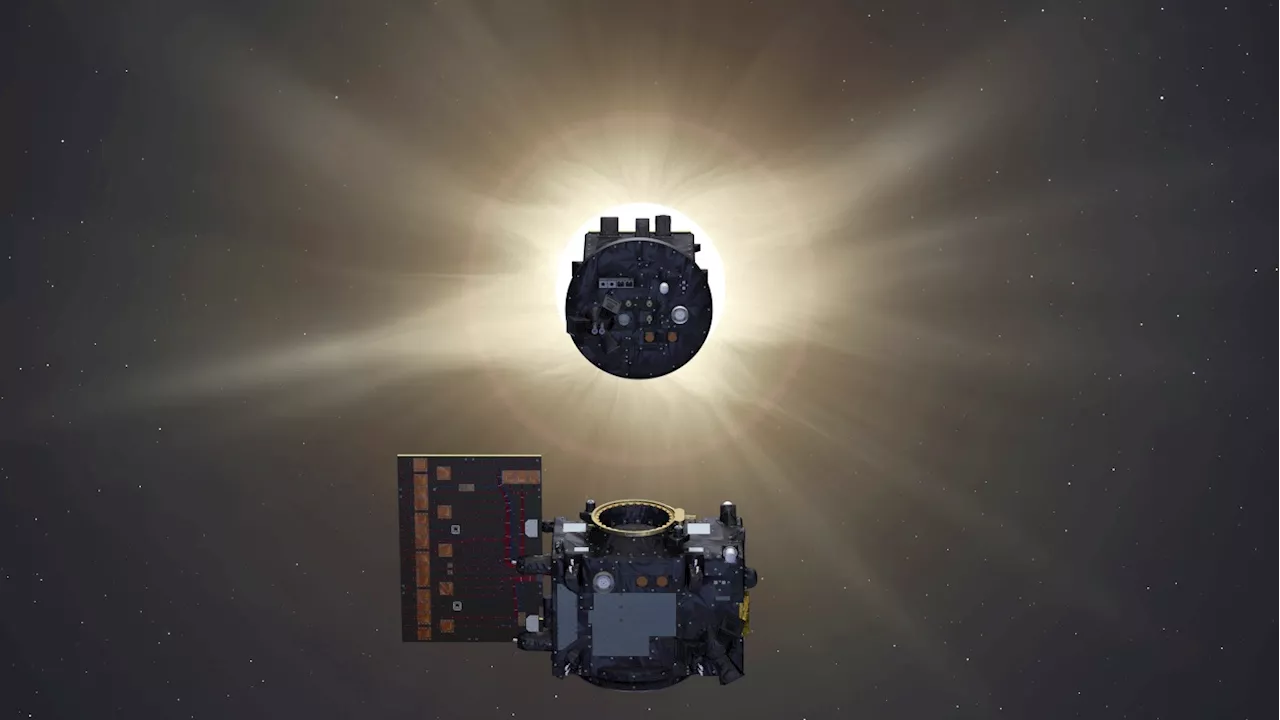Astronomers hope the Proba-3 mission will help them get a better view of the corona, the sun's outer atmosphere, which is even hotter than the sun's surface.
Astronomers hope the Proba-3 mission will help them get a better view of the corona, the sun's outer atmosphere, which is even hotter than the sun's surface.In this illustration, the two spacecraft of Proba-3 fly in precise formation about about 500 feet apart to form an external coronagraph in space. One spacecraft eclipses the sun to allow the second to study the invisible solar corona.
"The ability of this mission to observe the corona so close to the sun for extended periods is an extraordinary opportunity," Talwinder Singh, assistant professor of physics and astronomy at Georgia State University, tells NPR."If successful, it will pave the way for similar missions that provide continuous, high-resolution observations of the sun's corona.
The moon covers the sun as it creates a total eclipse on Aug. 21, 2017, in Cerulean, Ky. The corona, the outer atmosphere of the sun, is visible."Similar instruments, called coronagraphs, have been used in the past. However, traditional coronagraphs place the occulter disk on the same spacecraft as the imaging camera. This design has limitations, such as light diffraction, which restricts how close to the sun we can observe," Singh says.
United States Latest News, United States Headlines
Similar News:You can also read news stories similar to this one that we have collected from other news sources.
![]() How ESA’s Proba-3 Mission Will Create Solar Eclipses in OrbitESA's Proba-3 mission launched today, sending a pair of spacecraft into orbit. They will recreate solar eclipse conditions in space.
How ESA’s Proba-3 Mission Will Create Solar Eclipses in OrbitESA's Proba-3 mission launched today, sending a pair of spacecraft into orbit. They will recreate solar eclipse conditions in space.
Read more »
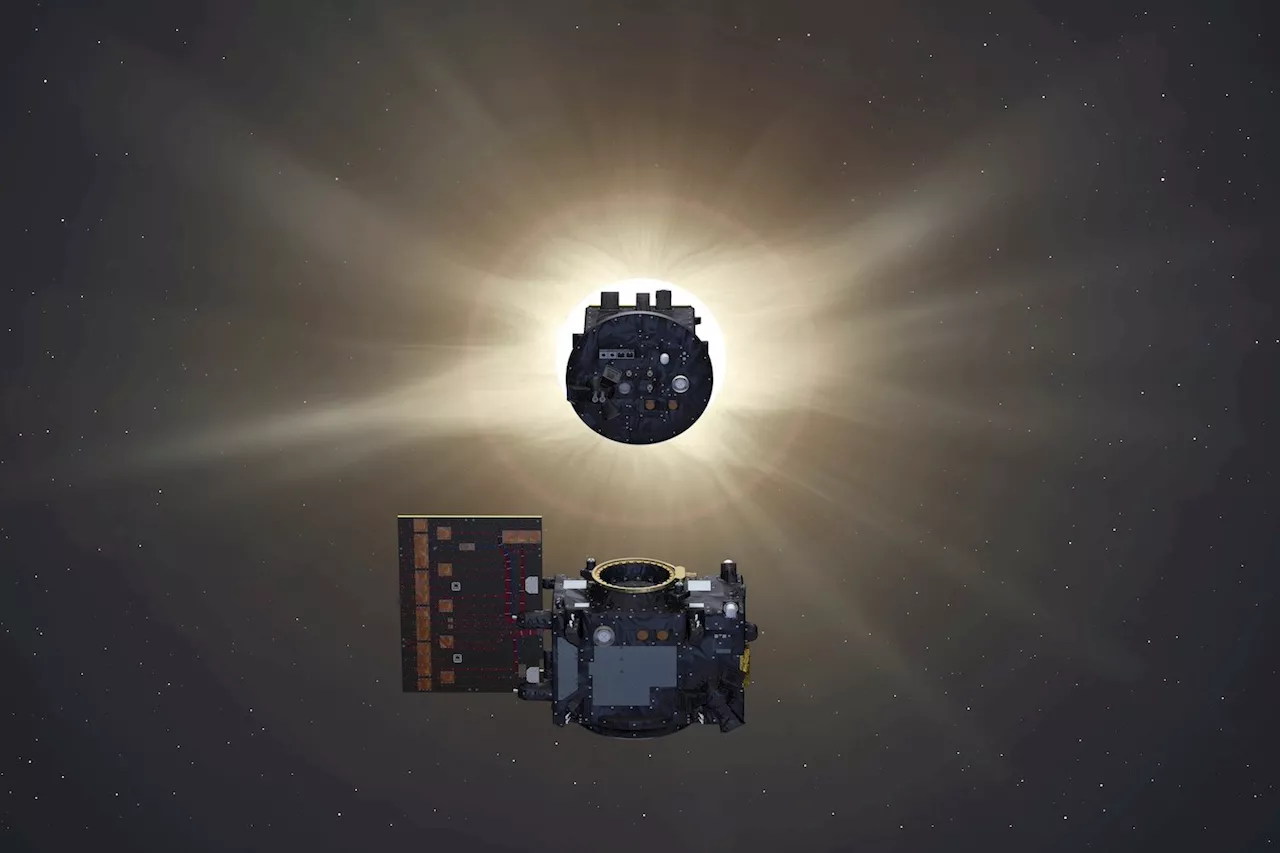 Upcoming Proba-3 Mission Will Create Artificial Solar Eclipses to Study the SunThe Sun-observing mission is set for launch on Wednesday at 5:38 a.m. ET.
Upcoming Proba-3 Mission Will Create Artificial Solar Eclipses to Study the SunThe Sun-observing mission is set for launch on Wednesday at 5:38 a.m. ET.
Read more »
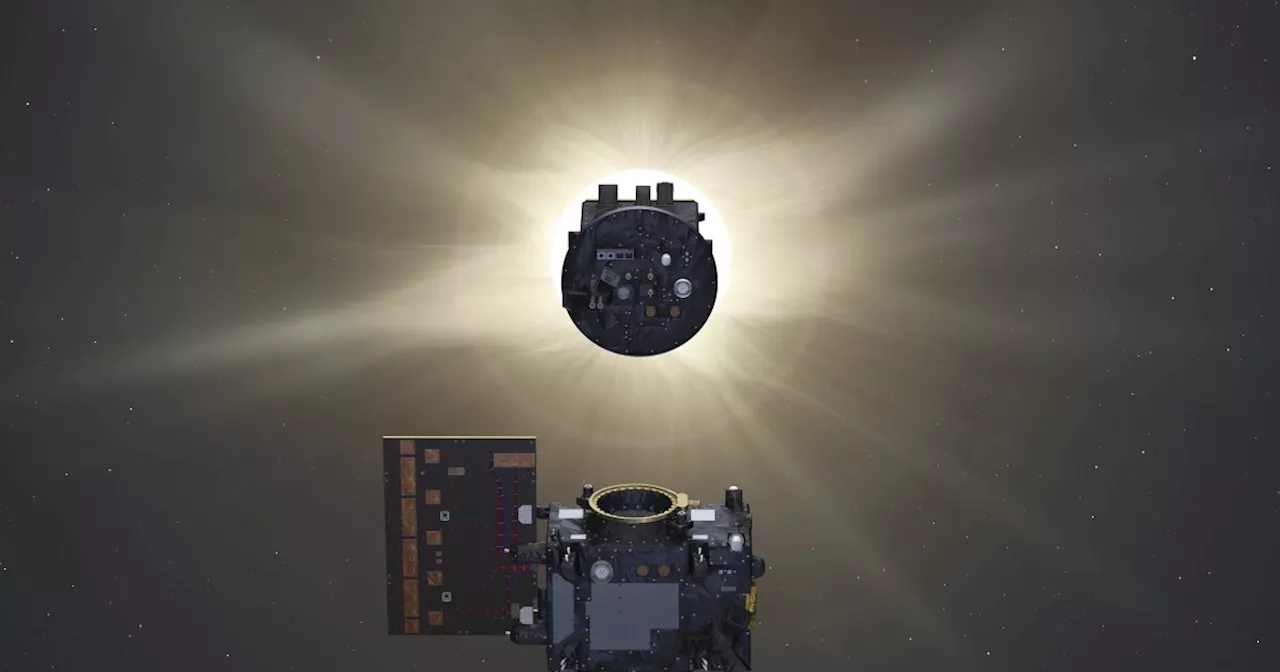 A pair of satellites will create artificial solar eclipses to study the sunAstronomers hope the Proba-3 mission will help them get a better view of the corona, the sun's outer atmosphere, which is even hotter than the sun's surface.
A pair of satellites will create artificial solar eclipses to study the sunAstronomers hope the Proba-3 mission will help them get a better view of the corona, the sun's outer atmosphere, which is even hotter than the sun's surface.
Read more »
 Astronomers Detect Rare Black Hole Feeding EventAstronomers have observed a short-lived burst of energy originating from a galaxy 500 million light-years away. This event, captured by the Catalina Real-Time Transient Survey, is believed to be caused by a black hole consuming a star, offering valuable insights into stellar evolution and black hole behavior.
Astronomers Detect Rare Black Hole Feeding EventAstronomers have observed a short-lived burst of energy originating from a galaxy 500 million light-years away. This event, captured by the Catalina Real-Time Transient Survey, is believed to be caused by a black hole consuming a star, offering valuable insights into stellar evolution and black hole behavior.
Read more »
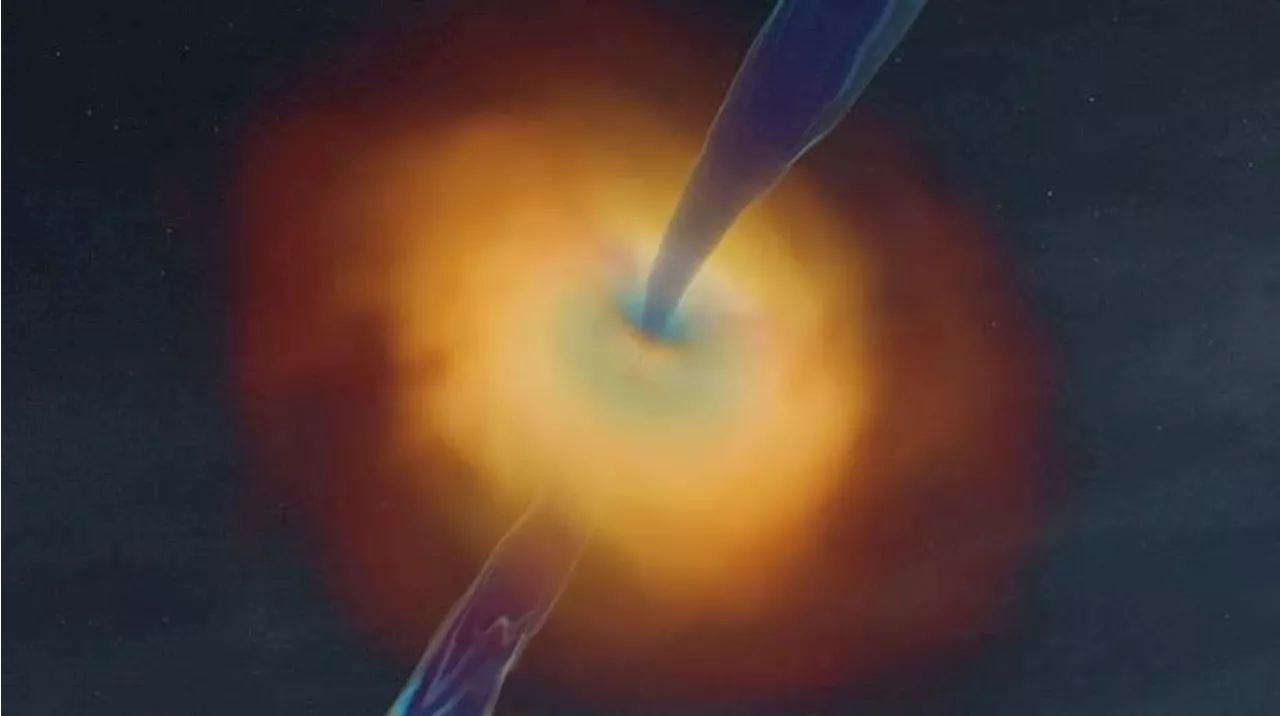 Star Devouring Black Hole Spotted by AstronomersSpace and astronomy news
Star Devouring Black Hole Spotted by AstronomersSpace and astronomy news
Read more »
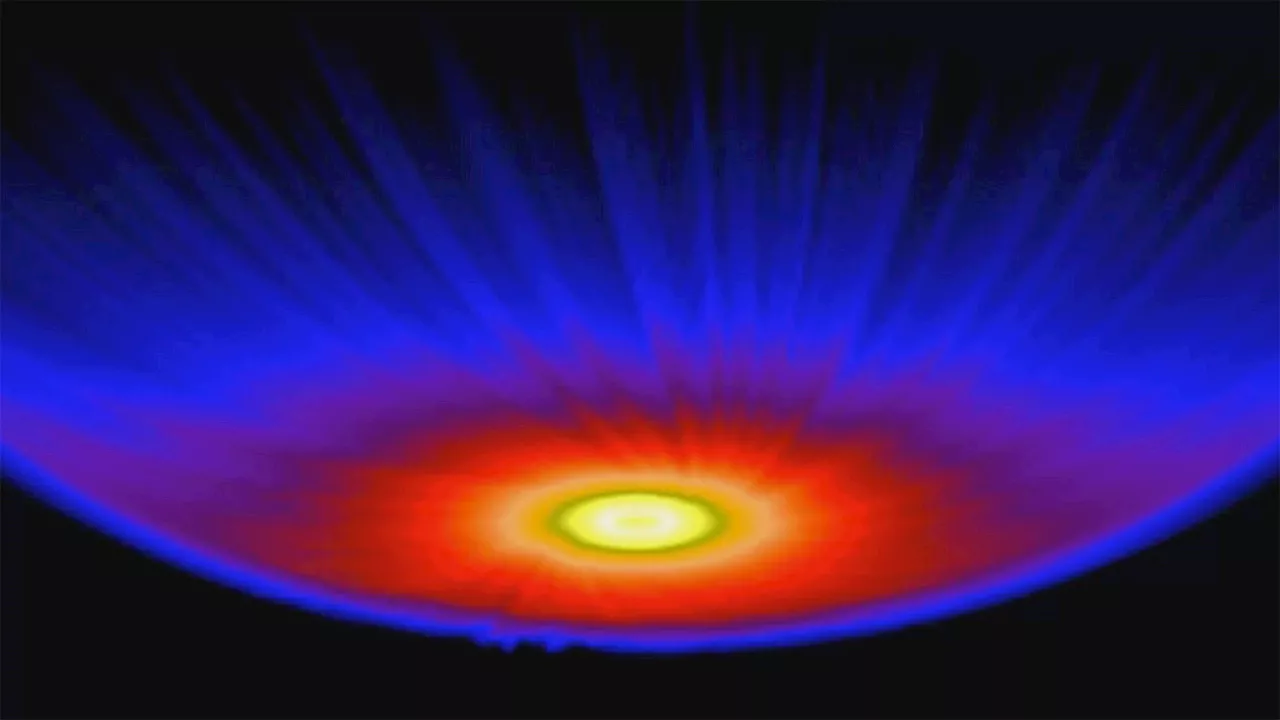 Astronomers see the astrosphere of a sunlike star for the first timeFinding a bubble of hot gas blown by the stellar wind from a young star gives researchers a peek at what our sun was like when it was young.
Astronomers see the astrosphere of a sunlike star for the first timeFinding a bubble of hot gas blown by the stellar wind from a young star gives researchers a peek at what our sun was like when it was young.
Read more »
